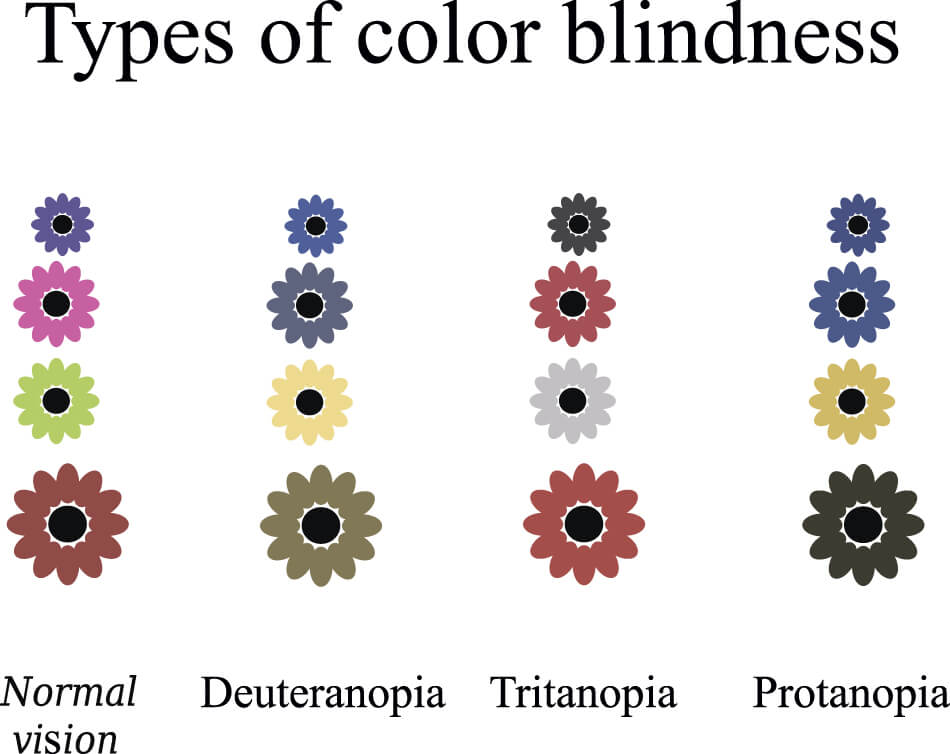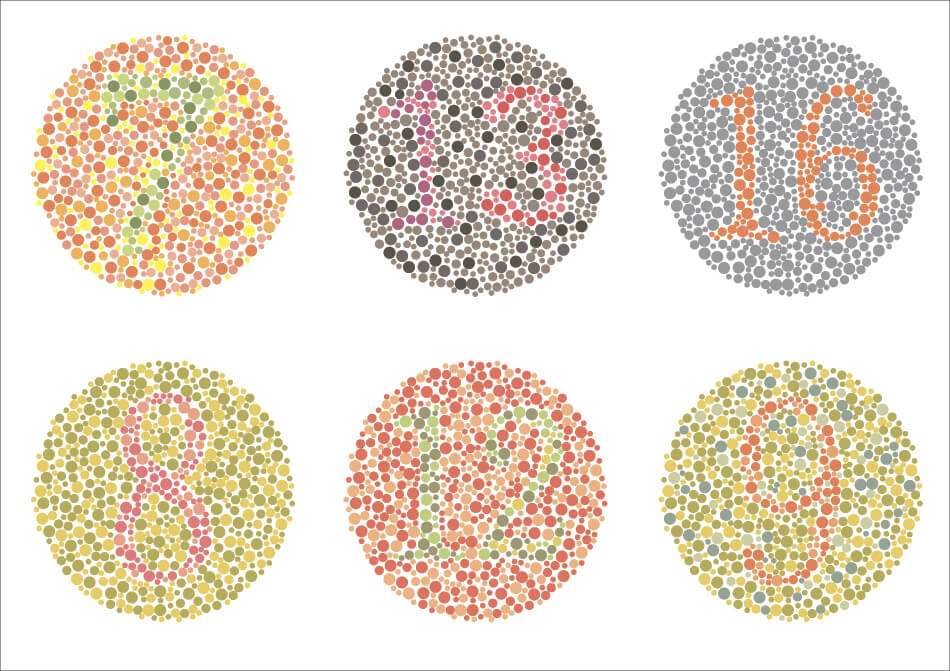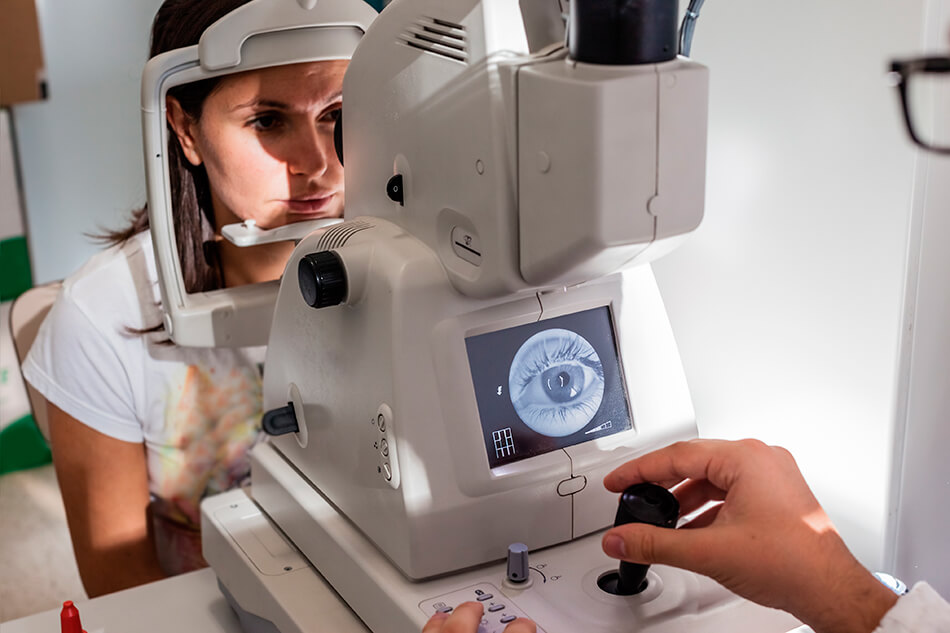Causes and Treatments for Color Blindness
Different forms of color blindness affect about 8% of men and 1% of women. 300 million people around the world have this condition that is more accurately called Color Vision Deficiency (CVD). There is no cure for color blindness. However, there are some exciting new developments in corrective lenses to help people with color blindness see true colors!
What Causes Color Blindness?
Usually, Color Vision Deficiency is a genetic condition mostly affecting men, because the genes that cause Color Vision Deficiency are located on the X chromosome. Men have only one X chromosome. Therefore, if the genes for color blindness are present, there’s no other X chromosome to compensate for those defective ones. These genes affect the arrangement of rods and cones in the eye that detect color and send it to the brain for processing. Some diseases can also cause a person to develop color blindness later in life.
People with normal color vision can see up to seven million different hues. A person with red-green color blindness only sees up to 100,000. Children born with color blindness have never seen true colors. They have no way to know what they are missing, and must wonder what other people are talking about.
Types of Color Blindness
Did you know there is more than one form of color blindness? Red-green color blindness is the most common type of Color Vision Deficiency - 99% of all color-blind people have this form. A person with this condition has difficulty distinguishing between red, green, and brown. They even have trouble with blue and purple, as they cannot detect the red tones in purple. On the other hand, blues and yellows appear especially vivid to them, in contrast to the muddy shades that they see instead of red and green.
Blue-yellow color blindness is rare. People with this condition see the world in shades of red, black, white, and turquoise. Complete Color Vision Deficiency, or monochromacy, is even more rare, affecting only 1 in 33,000 people. People with this genetic condition see the world in shades of black, white, and grey. They also cannot bear even normal lighting conditions without wearing dark glasses.

Diagnosing Color Blindness
The most common test for color blindness is the Ishihara Plate Test, where the patient looks at a series of 38 circles made up of colored dots. Each circle contains a shape (usually a number). Some are designed to be detected by a person with normal color vision, while others will only be clear to a person with color blindness. This test can help an eye care professional determine if the patient has CVD.
Color Vision Deficiency testing is especially important for young children. While there is no treatment to cure the condition, knowing that a child cannot see colors properly is useful for their school experience. You don’t want to have your child told they are wrong if they can’t identify a color! It can also affect their ability to read the blackboard, even if they otherwise have 20-20 vision.
There are some specialized tests to determine if a person with color blindness can carry out the duties for a job. The Farnsworth Lantern Test identifies whether a person can distinguish between the lights used for safety purposes in aviation and other types of transportation. In recent years a more specialized test has made it possible for some color-blind people to become pilots.

Living With Color Blindness
Hereditary color blindness cannot be cured or prevented. However, people with CVD can use coping strategies to compensate for their condition. For instance,a person with normal color vision can automatically tell if a traffic light is green, red, or yellow. A person with red-green color blindness needs to take extra care to see the position of the light to know whether they can proceed or not. A light on a device that can be either red or green can be very frustrating for a color-blind person. They also need to develop alternative strategies for daily tasks -- such as simply determining whether a piece of meat has been cooked enough -- they can’t see how red it is!
Can Contact Lenses Correct Color Blindness?

In the past few years, those affected by Color Vision Deficiency have been given a new opportunity to see the world as others see it. Scientists have developed glasses that block certain wavelengths of light. This increases the ability of the wearer to detect red and green. They won’t help you pass color vision tests, but they can make previously muddy shades of brown and red pop with vibrant, true color. EnChroma has been making these glasses since 2012, and they are increasing in popularity as they come down in price.
The development of contact lenses to correct Color Vision Deficiency is less advanced. However, there are some new contact lenses with a steep price tag that claim to do the same as EnChroma glasses. It’s likely that within a few years they will be as easy to get as any other type of contact lens - and that is fantastic news for people with CVD!
Color blindness is a minor inconvenience for most people with the condition. It’s not a barrier to most employment and certainly isn’t life-threatening. However, the ability to see a wide range of colors in this beautiful world certainly adds to a person’s quality of life.
